Optical fiber: past and present
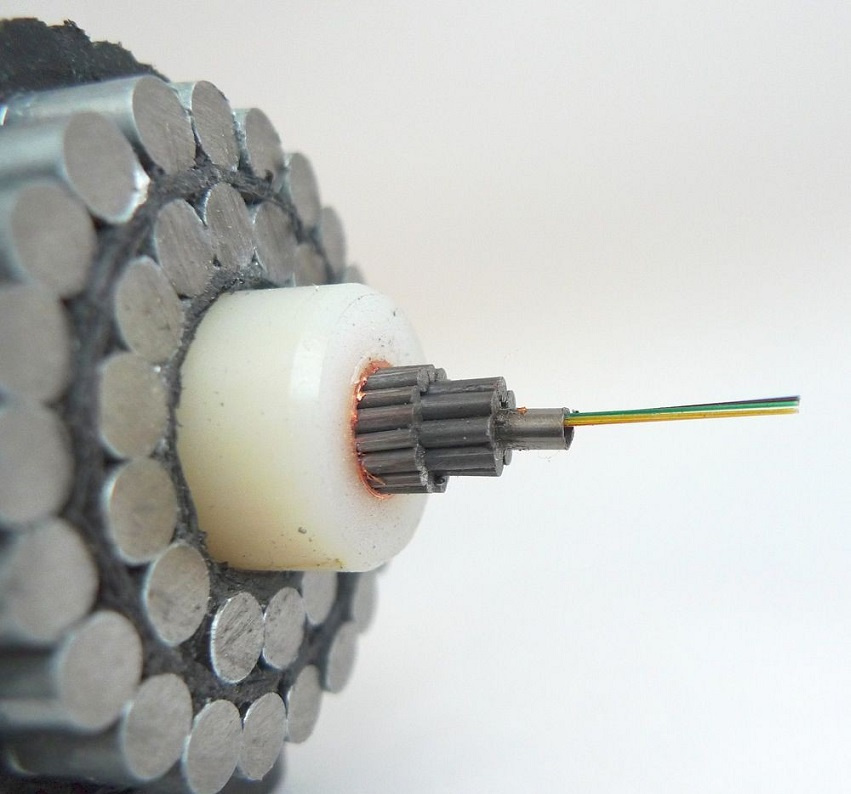
In 1966, the scientist and the native of China, Charles Kao Kuen presented the world the results of his own research. The main message of his development was that the optical communication can be organized using glass fiber. In his work, Kao presented the world with unique design features of fiber and its materials. Research scientist can rightly be considered the basis of fiber-optic telecommunications of today. The very first mention of the term “optical fiber” was first used in 1956 by NS Kapany from the USA.
Today, fiber-optic communication technologies have so firmly penetrated our lives that we no longer see anything surprising in them and perceive their presence as well as the presence of running water in an apartment building. Therefore, in this publication I would like to talk more about optics and tell some interesting facts about the technology on which modern high-speed communications are based.
A bit of history
During the history of the development of fiber optics, many interesting studies and experiments have been conducted. Let's stop our eyes only on some of them.
The English physicist John Tyndall conducted an experiment with the reflection of a light beam in a jet of water, the description of which he recorded in his book.
"If the angle at which a beam of light falls from water to air (ie the angle between the surface of two media and the perpendicular) exceeds 48 degrees, then the beam does not come out of the water - it is completely reflected from the water-air border ... If the smallest angle drops, in which there is a total internal reflection, called the limiting angle, then for water it will be equal to 48 ° 27 ", for colorless glass (flint glass) - 38 ° 41", and for diamond - 23 ° 42 ", writes Tyndall.
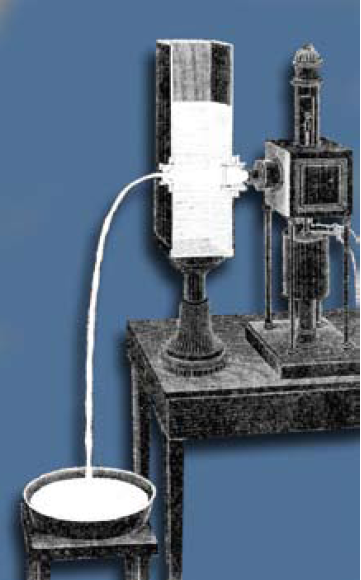
Experimental installation of John Tyndall
This experiment, if desired, can be set at home by anyone. Laser pointer need to shine at different angles in the bathroom on a stream of water from the tap. At a certain angle, the light beam will be fully reflected in the flow of water.

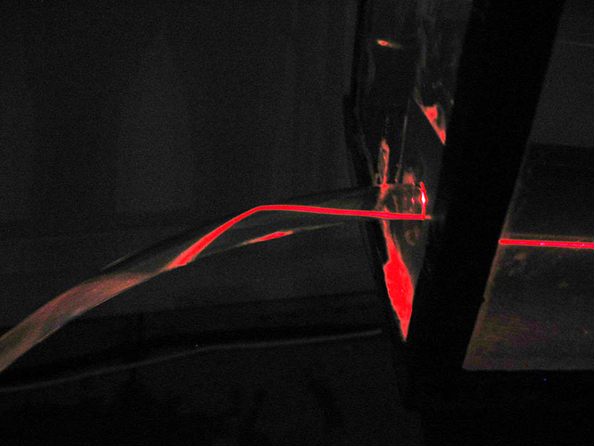
A similar experiment can be done with a flashlight. To do this, in a transparent plastic bottle you need to make a hole on the side. We skip the water through the bottle and start shining a flashlight on the opposite side of the bottle. If we hold the palm, then a spot of light will be reflected on it.
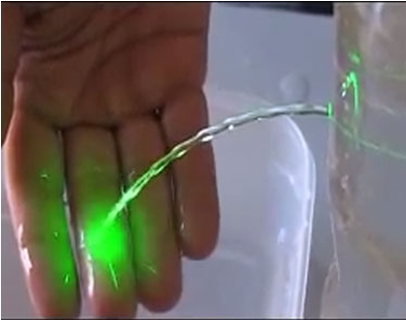
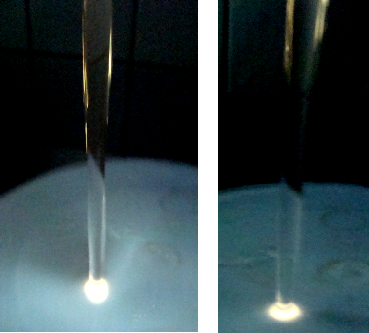
Active conversations about fiber LEDs began in the fifties of the last century. Then they began to make them from all sorts of transparent materials. But the transparency of those materials was not enough for good light conductivity.
In those years, the Soviet Union even outstripped the West in the field of fiber optics. The first optical communication line was launched in the USSR in 1977 in Zelenograd. The channel was created to connect the Northern industrial zone and the city administration. It was manufactured on an optical cable developed by the special design office of the cable industry (OKB KP), which is part of the Radio Electronic Technologies Concern (KRET) of Rostec State Corporation, which specializes in the production of cables and cable assemblies.
In May 1981, the USSR issued a Resolution of the Central Committee of the CPSU and the USSR Council of Ministers “On the Development and Implementation of Fiber Optic Communication and Information Transmission Systems”. This event was the impetus for the development of fiber-optic communication and an increase in the number of developments in this area.
In the early 60s, first in the USSR, and then in the West, scientists came to the conclusion that the light absorption of glass strongly depends on the coloring materials and products of the corrosive refractories. It has been experimentally proven that the light absorption of perfectly clean glass is so small that it lies outside the sensitivity limits of measuring instruments.
In 1966, a group of scientists led by Charles Kuen Kao concluded that quartz glass would be the most suitable material for fiber-optic communications. Even then, Kao believed that with the help of optics it would be possible to transmit information and soon this type of connection would replace the transmission of a signal over copper wires.
Three years later, Kao received a fiber with a damping factor of 4 dB / km. This result was the first copy of ultra-clear glass. A year later, Corning Incorporated produced fibers with a stepped refractive index profile and reached a damping factor of 20 dB / km at a wavelength of 633 nm. For the first time quartz fiber transmitted a light beam to a distance of 2 kilometers.
Agree at a similar pace now developing quantum data transfer. On a little bit, but little by little. As experiments and commercial use over short distances.
Where is fiber used other than telecom
Today, fiber is used in a variety of industries other than telecom. These are x-ray machines, where it provides galvanic isolation between the high voltage source and the low-voltage control equipment. So the staff and patients receive isolation from the high-voltage part of the equipment. Fiber is used in switchgears of electrical substations as a sensor of the protection system.
Extensive optical fibers are used in various measuring systems where it is impossible to use traditional electrical appliances. For example, in temperature measurement systems in jet engines of an aircraft, in MRI devices (tomographic medical devices for examining internal organs, including the brain), etc. Optical fiber sensors can measure the frequency of vibrations, rotations, displacements, speed and acceleration, torque, twisting and other parameters.
Today, optical fiber-based gyroscopes are used that work on the basis of the Sagnac effect. Such a gyroscope has no moving parts, which makes it very reliable. Despite the fact that in modern navigation systems a huge number of different sensors are used, thanks to which the position of an object is determined, the most independent system can be created only on the basis of fiber-optic gyros.
Optics are widely used in security alarms. Such a security system is established as follows: when an attacker enters the territory, the conditions for the passage of light through the light guide are changed, and an alarm is triggered.

An example implementation of a fiber-optic gyro

Three-axis fiber-optic inertial measurement module ASTRIX series manufactured by AIRBUS DEFENSE & SPACE; LiNb03 modulator is built into the sensor in each direction
Fiber is actively used for decorative purposes, as a decoration of holidays, in art and advertising.
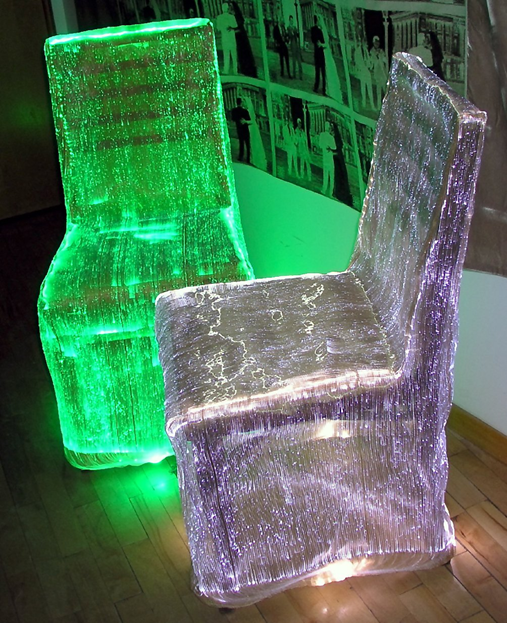
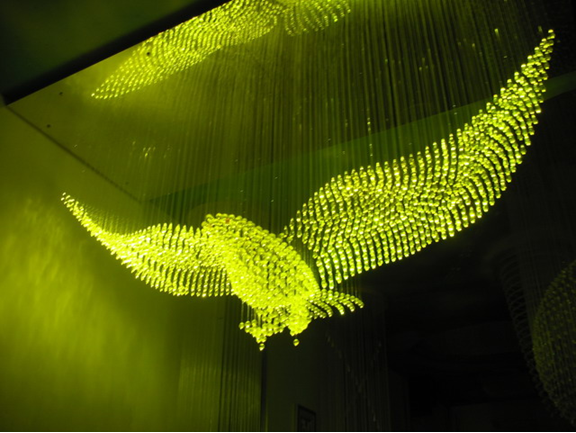
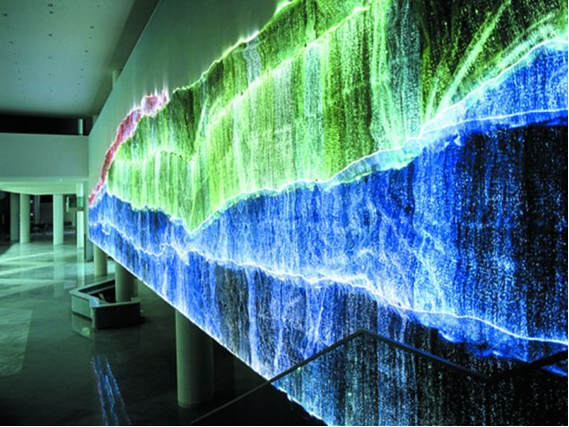
Constantly developing new types of optical fibers. For example, photonic crystal fibers. The spread of light in them is based on slightly different principles. Such fiber can be used as liquid, chemical and gas sensors. In addition, it can be used to transport powerful radiation for industrial or medical purposes.
Fiber lasers with a continuous power output of several tens of kilowatts are no longer a novelty. Weapons based on 6-fiber 5.5 kW lasers back in 2014 were tested in the US Navy. Fiber lasers cut metal and concrete. For example, an IPG Photonics metal cutting machine has a power of 100 kW.
The development of a fiber optic is in full swing, with which it would be possible to transmit laser power of several kilowatts. In theory, the transmission of radiation with a power of 10 kW over a 250 m long fiber with a core diameter of 150 μm is considered possible.

Photonic crystal fiber
It is also worth noting that today multi-core fibers are being actively developed. Their use will significantly increase the overall capacity of fiber optic links.
The fiber is already over fifty, but the technology is clearly not going to retire. Innovations in the field of fiber optics appear regularly and telecom is far from the only industry interested in the development of technology.
All Articles